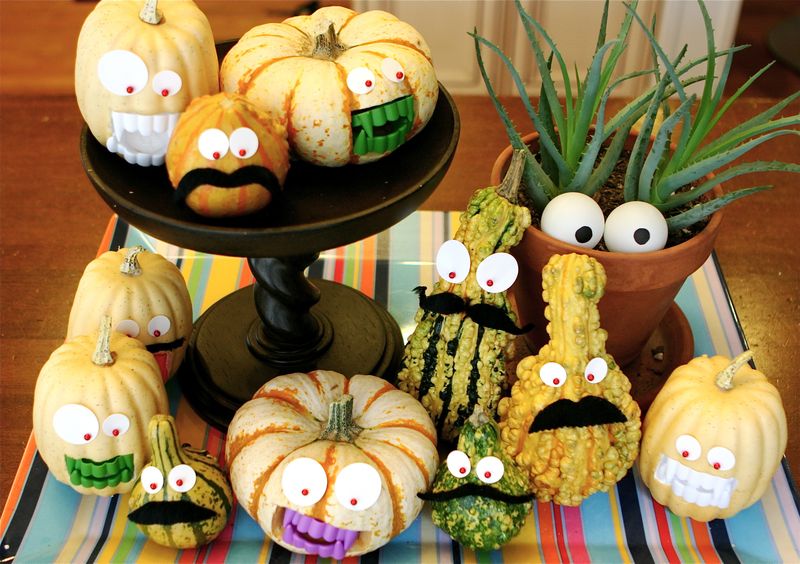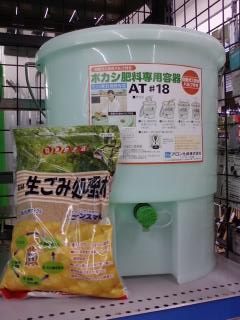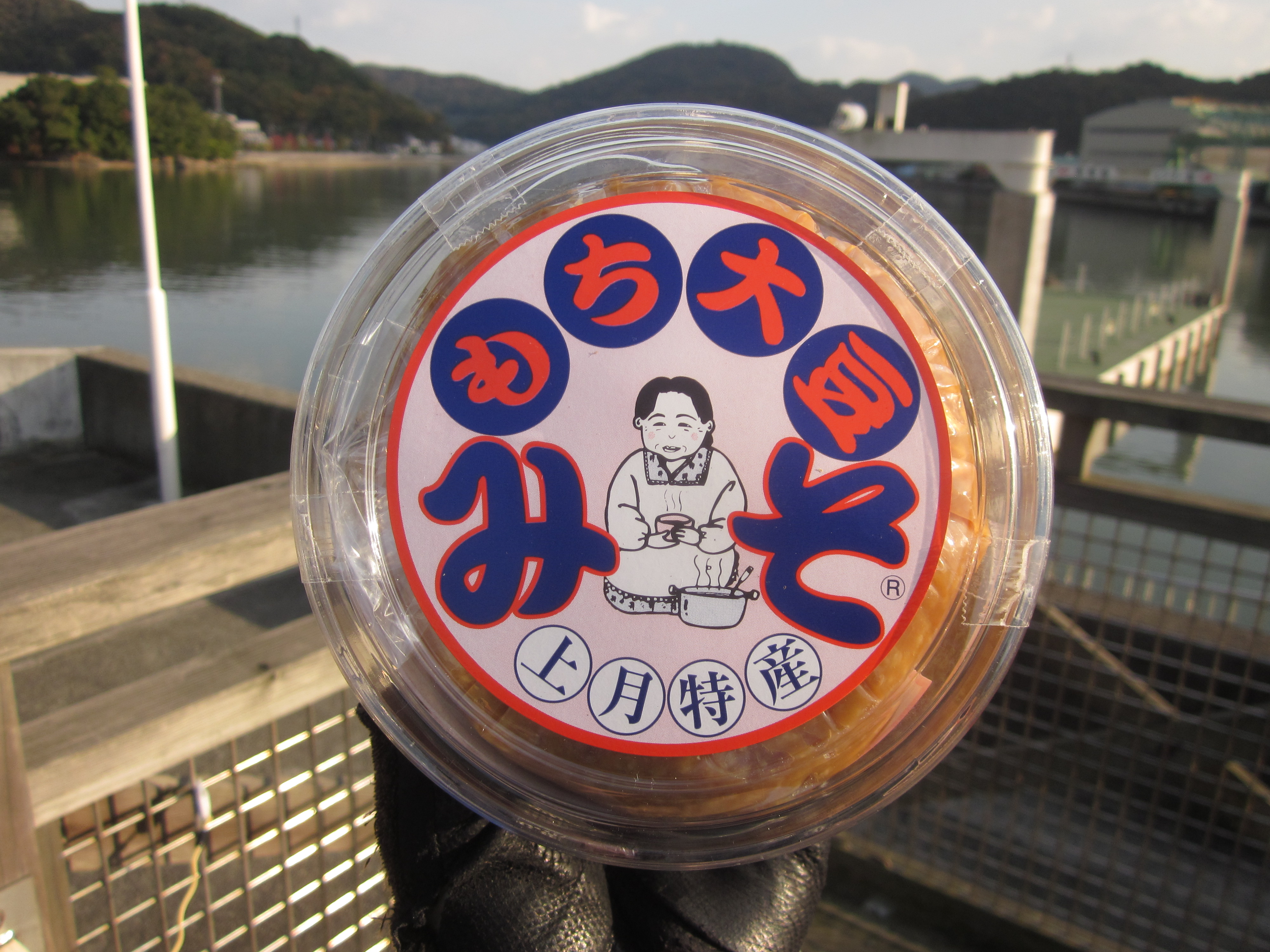Miso Green: Planning an Indoor Spring Garden
Outside of my apartment building sits our soil factory box. It’s half-filled with incredible planting soil—the result of a year and a half of bokashi composting by the two of us. It’s actually quite astonishing to see over a year’s food scraps broken down to such a minimal volume!

But the reason that I know that there is exactly a year and a half’s worth is that I have never used any of it…. it’s just been sitting in that plastic box. That food waste is currently no better off than it would be had I sent it to the city incinerator. It is analogous with the pile of IKEA mirror tiles I’ve been planning to hang in my kitchen to keep grease off of the walls, and the meters of fabric from the unfinished sewing projects of the past year. I start many DIY projects because I take extreme pride in saying that I created something that I like and use daily, and I like it when a great portion of what I own comes with a good story. Yet I fail to finish about half of these projects—if not due to some unforeseen obstacle like missing a vital tool, it’s because life just tends to get ahead of me. I intend to conquer my Closet Abyss of Unfinished Projects this spring; I want to assure my eventual successor that they will have an apartment setup that they love, because of all the love that I put into it. And… I suppose we’d enjoy living in a finished apartment for a while as well.
One of these projects is to put that soil to use by starting a garden this spring. We hope to grow most of our own food one day, but I could use the practice keeping things alive first. I had hoped to snag us an allotment at our city’s community garden, but the dream was dashed when I was told that all the plots were occupied (a trend I don’t doubt is common, but you should check with your community garden anyway!). And while we could probably get away with a renegade garden at our sparsely managed teacher housing, I wouldn’t want to ruffle anyone’s feathers.
So, that leaves our most attainable option as having a garden at our apartment, but…. eh…. not on the balcony. Of course, outdoors *is* probably the ideal location for plants, but there is one major obstacle—I am terrified of insects. Well…. insects with more than 6 legs. I dare not name them, but they’re all over my building by April. In our sultry Japanese summers, the shade of a cool, soil-filled pot on the balcony is the ideal resting place for a tired, terrifying predator. I received a few uninvited visitors last spring, and after enlisting the help of the nearest male on hand, I took additional effort to bug-proof my apartment. It’s pretty ironclad now that I’ve gotten rid of the balcony plants.
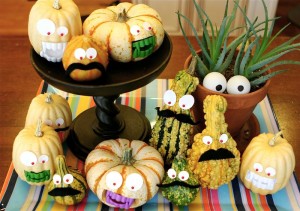
It would therefore appear that having an indoor garden seems like my best bet. Indoor gardens improve air quality, regulate humidity and eliminate stale odors. Personally, though, aside from the few bonsai trees we have around, I find little appeal in keeping plants that aren’t particularly useful…. I want plants that I can eat and slather everywhere. Below is my list: most of these plants are pretty ubiquitous, so there should be no problem finding them in local garden centers (or on amazon.co.jp).
Botanicals
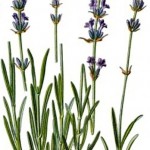 Lavender, aside from looking and smelling good, makes an excellent insect repellent. To add to the potency of your potted flowers, you can also harvest some to make lavender essential oil to spray in and around your apartment for additional protection. I also recommend throwing the occasional sprig in the pot when you’re steaming vegetables.
Lavender, aside from looking and smelling good, makes an excellent insect repellent. To add to the potency of your potted flowers, you can also harvest some to make lavender essential oil to spray in and around your apartment for additional protection. I also recommend throwing the occasional sprig in the pot when you’re steaming vegetables.
Ideal Container: a large-ish pot (4L or more)
Ideal Lighting: full sunlight
Special notes: lavender originates from arid climates, so it’s best not to keep soil damp all the time. Pro tips here.
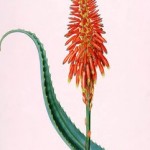 Aloe vera is well known for being soothing and wonderful on damaged skin, but the gel can even be used for hairstyling. Furthermore, I never want to feel the desire to buy prepackaged aloe yogurt again.
Aloe vera is well known for being soothing and wonderful on damaged skin, but the gel can even be used for hairstyling. Furthermore, I never want to feel the desire to buy prepackaged aloe yogurt again.
Ideal Container: start your little guy off in a small pot, and increase the size as the plant gets bigger. Also, they prefer clay pots to plastic.
Ideal Lighting: lots of light makes for a happy aloe, but they also do okay in areas that get partial sun.
Special notes: don’t use bokashi on these guys; they are a succulent, and need dry, barren soil to survive. Also, seeds aren’t really available commercially; grow aloe from cuttings of other plants, or buy a starter plant.
Herbs
 Mint makes for a delicious, energizing caffeine-free tea, and is a staple flavoring in holiday candies and Southeast Asian cuisine. However, if you’re not a huge fan of the flavor, it serves as another well-touted insect repellent. Use the extract to spray around your building to help keep critters at bay.
Mint makes for a delicious, energizing caffeine-free tea, and is a staple flavoring in holiday candies and Southeast Asian cuisine. However, if you’re not a huge fan of the flavor, it serves as another well-touted insect repellent. Use the extract to spray around your building to help keep critters at bay.
Ideal Container: 4L pot
Ideal Lighting: full sunlight
Special notes: do NOT plant mint with anything else; mint can become invasive and harmful to other plants and should be alone in its own pot.
 Basil pesto that isn’t effing 800 yen for a single-serving jar—need I say more?
Basil pesto that isn’t effing 800 yen for a single-serving jar—need I say more?
Ideal Container: 4L pot, but they do OK in slightly smaller pots as well.
Ideal Lighting: full sunlight
Special notes: trim leaves and use them often! They should replace themselves pretty frequently.
Food
 Carrots are notoriously easy to grow indoors- or, that’s the impression that I get from these kits that I see everywhere. You can’t expect them to get big, but oh, the pride you can take in making a tiny vegetable soup that you grew yourself!
Carrots are notoriously easy to grow indoors- or, that’s the impression that I get from these kits that I see everywhere. You can’t expect them to get big, but oh, the pride you can take in making a tiny vegetable soup that you grew yourself!
Ideal Container: the deeper, the better. I plan to try mine in milk cartons.
Ideal Lighting: full sunlight
Special notes: dwarf varieties do better indoors.
 Daikon, on the other hand can grow rather large indoors, under the right circumstances.
Daikon, on the other hand can grow rather large indoors, under the right circumstances.
Ideal Container: similar to carrots, they’ll only grow as large as their containers. Deep is good.
Ideal Lighting: full sunlight.
Special notes: Daikon are very watery and like to drink a lot, so stay on top of watering.
 Green onion growing doesn’t even require seeds—you can plant what you’ve already purchased from a grocery store, and keep a constant supply.
Green onion growing doesn’t even require seeds—you can plant what you’ve already purchased from a grocery store, and keep a constant supply.
Ideal Container: anything will do; jars, shallow planter boxes, etc. But if you want to grow onion bulbs, you’ll need a 5 gallon pot.
Ideal Lighting: full sunlight
Special notes: you can actually re-grow them without soil (in a jar of water), but not indefinitely.
 Salad greens, spinach, and swiss chard do surprisingly well indoors, even in the winter.
Salad greens, spinach, and swiss chard do surprisingly well indoors, even in the winter.
Ideal Container: pretty much anything!–planter boxes, small pots, large pots… whatever you have.
Ideal Lighting: full sunlight
Special notes: they really don’t seem to need much care; you can throw your seeds in a pot, water it, and expect something to grow.
Tomatoes need a lot of light, but the smaller varieties tend to do well indoors. If you’re crafty, you could even make a double surfaced planter, growing your herbs on top and tomatoes on bottom.
Ideal Container: 20L pots are ideal, but they can grow okay in 4L containers.
Ideal Lighting: full sunlight
Special notes: tomatoes prefer plastic or ceramic pots to terra cotta; unfinished clay pots release moisture too quickly for these thirsty fellas.
Pasteurizing your soil
Unless you’re buying soil from a store, it’s a good idea to pasteurize it before planting. Doing so is pretty easy in the kitchen with an oven or microwave, and it’ll help ensure that no stray insect eggs find their way to hatching indoors. Don’t overcook it, though! You don’t want to kill good enzymes.
So that I can avoid a higher electric bill, I’ve made an effort to select plants that require light that I can provide them, but if you’re anxious to have something that requires lots of light, grow lights are always an option. On the other hand, if you aren’t on poor terms with insects like me and want to keep your plants outdoors, more power to you!
I do, however, plan to implement a wick watering system for all of these guys (except the aloe and lavender). Wick watering allows plants to get the water that they need despite my laziness.
Gardening Apps
While these plants are pretty basic in terms of care, I doubt I’ll succeed if left to my own devices. Thankfully, I live with a man who is always longing to keep his hands in the dirt, but I’d like to do my own work independently, and let him have his own plant fun. For this reason, I am calling technology to my aid. So far, the best free apps I’ve tried (sorry Appleseeds, I’m an Android girl) are called Botanica, Ledsen, Garden Manager and Green:Drop. None of them are perfect, so if I (or you) find a better one, I’ll be sure to put it in the comments.
Is starting with nine plants too ambitious? I sure hope not. Spring starts on the 21st, so if those among you with more experience have any advice or suggestions, send ‘em my way.
miso.green.ht@gmail.com
